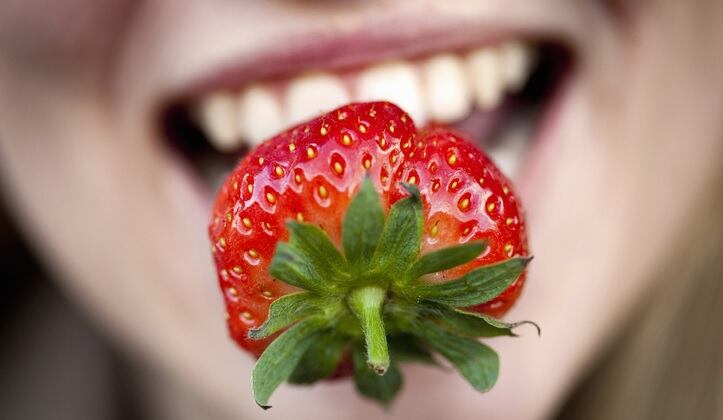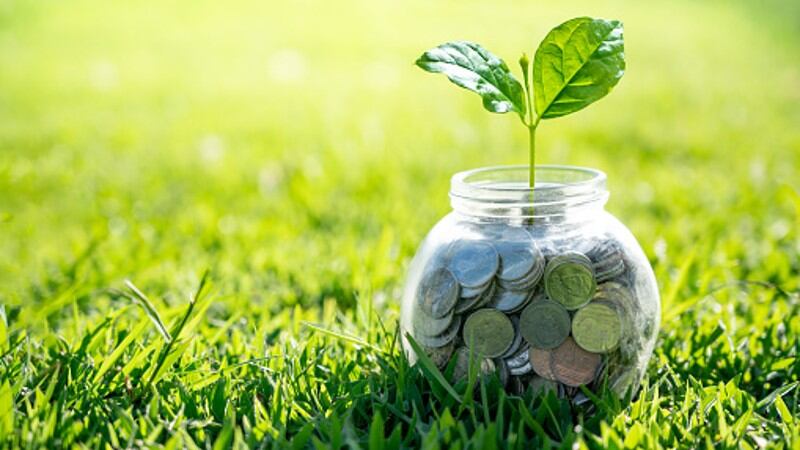China is the world’s largest importer of food and is only a net exporter in terms of rice.
Speaking at an online webinar, titled Smart Agriculture in China: Role of Digital Technology in Agriculture, experts said it was vital that state-of-the-art tech was utilised to boost China’s self-sufficiency by improving yields and food standards.
A number of new innovations were highlighted, including how a group of Chinese scientists developed a control system in greenhouses to be more cost-efficient and environmentally friendly.
These methods resulted in higher crop yield and quality produce.
Other methods include utilising unique identification techniques for livestock such as pigs and cattle for vaccination and monitoring.
FAO officer Silvaraju Ramasamy said such innovations were crucial, alongside achieving economic and policy changes.
He added that these actions were also a way to respond to climate change and fulfil the Sustainable Development Goals (SDG) by 2030.
“Implementation and scaling up innovations are crucial. Food is facing crucial problems today. We would have 9.7 billion people by 2050 and possibly face vitamin deficiencies.
“Therefore, we need to transform agri-food systems and (introduce) greater nutritional value.
“There needs to be an establishment of new market structures and business models through e-commerce.
“This is important to unleash the potential in code design, innovation and technology, which in turn affects research and its systems.
“Sharing and scaling up technology can also be done by strengthening advisory services and including the public and private sectors as well as multiple stakeholders in the chain from production to consumption,” said Mr Ramasamy at the event, which was organised by the UN Food and Agriculture Organization (FAO) and Chinese tech platform Pinduoduo.
Experts from various institutes, such as the China Agricultural University (CAU) and the Chinese Academy of Agricultural Sciences (CAAS), were invited to share best practices on smart fishing, husbandry and various farming procedures.
Experiences with digital technology for agriculture in China were also presented, including examining cases from the Smart Agriculture Competition organised by Pinduoduo on strawberries and tomatoes.
Wield the yield from the field
Among the significant presentations was CAU’s Dr Zheng Jian Feng.
Dr Zheng and his team developed a greenhouse environmental control system, which contained intelligent lighting, water and fertiliser control and real-time crop identification.
According to Dr Zheng, these innovations helped the team make good farming decisions for strawberry plants.
As a result, their strawberry yield increased threefold, or 196 per cent.
“Greenhouse horticulture production is an important industry related to the national economy and the people’s livelihoods.
“Around 85 per cent of the world’s greenhouse horticultural area in 2016 belongs to China, which is 4.7 million hectares. Out of the total Chinese greenhouse horticultural area, 77 per cent is dedicated to vegetable growing.
“Smart agriculture can play an important role in ensuring food security, managing natural resources sustainably and contributing to inclusive growth.
“Farmers will become a highly specialised occupation, and agriculture will have a bright future,” he concluded.
Dr Nie Fengying of CAAS then presented smart husbandry practices for pigs, dairy cattle and bees in China.
China’s pork sector was decimated by the 2018 African swine fever outbreak, with more than 50% of the livestock wiped out. Since then, it has been steadily rebuilding stocks and looking to technology to future-proof the industry.
Dr Nie described how new advances had led to animal face recognition and novel vaccination robots in pig rearing.
For cattle, she showed ways to increase milk yield while saving water (up to 50 per cent) and energy (up to 40 per cent).
In apiculture, she highlighted key technologies to be considered – intelligent information acquisition that integrates collection, management, analysis and visualisation of bee farms; improvement to quality control; and bee behaviour monitoring.
“The application of the system improves the efficiency of bee production and management, increases bee farmer incomes and protects the ecological environment.
“These have been applied to 13 provinces across the country. The main users include 18 companies, 12 cooperatives, 960 beekeepers and 163,200 bee colonies,” said Dr Nie.
Role of governments worldwide
One of Pinduoduo’s Smart Agriculture Competition judges, who is also the agricultural counsel to the Netherlands, Wouter Verhey, encouraged leaders to create the right environment for collaboration.
“Combine farming with smart technology and we can achieve better, sustainable products.
“It is not only about gathering data but making decisions and using robotics too. We need to pick and scout for new robots.
“There is potential for robotics (to flourish) in China, just as Israel is currently working with robotics.
“In future, AI can reduce labour (dependence), but it is important to encourage education in data management. The data has to be managed by professionals. We need these ‘green’ minds,” said Verhey.
FAO is a specialised agency of the UN spearheading efforts to attain food security. They work in over 130 countries and are committed to innovation-powered solutions.
Pinduoduo supports smart agriculture through its annual Smart Agriculture Competition.
The competition is jointly organised with CAU and Zhejiang University, alongside technical guidance from the FAO and Wageningen University and Research of the Netherlands.
According to Pinduoduo, hundreds of applicants from top research institutes worldwide are competing this year.
Results will be announced next month.




